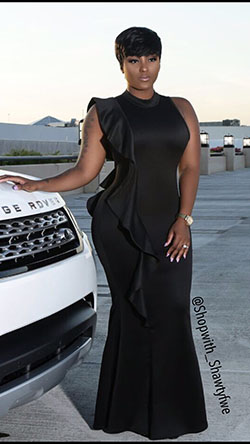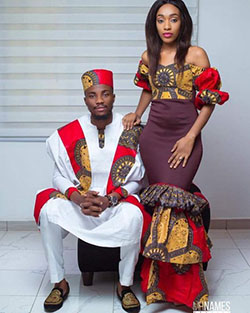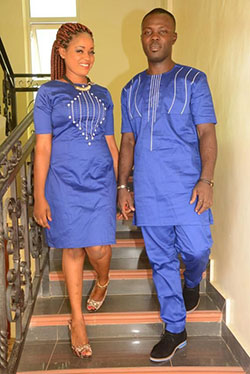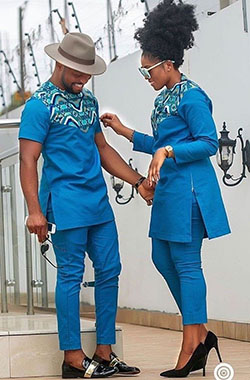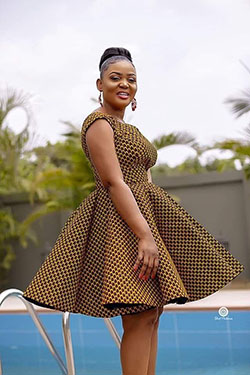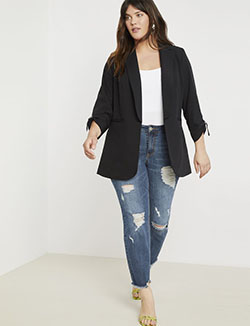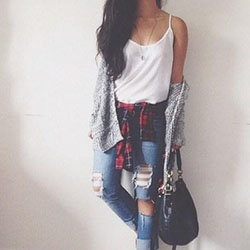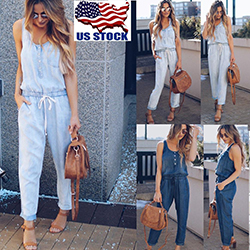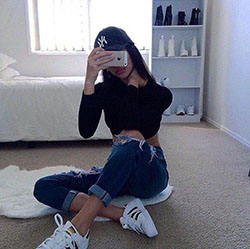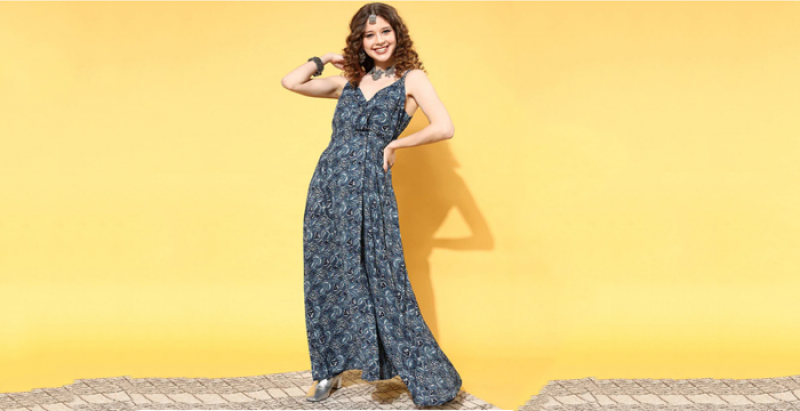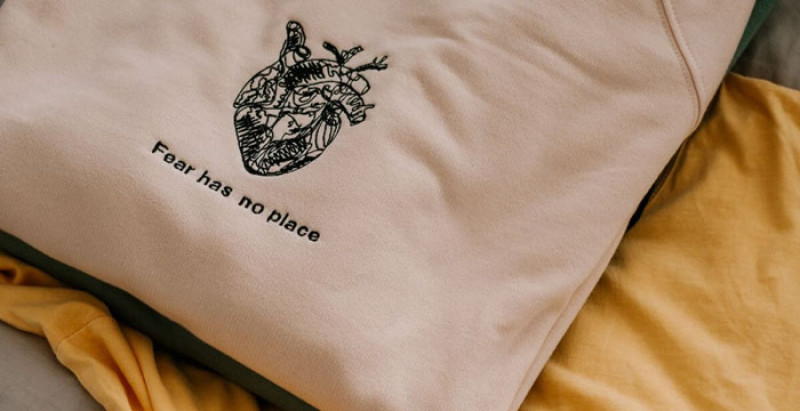
Screen printing and embroidery are two popular methods for adding custom designs and personalization to apparel. Whether you're looking to create unique t-shirts for a family reunion, brand your company's uniforms, or make personalized gifts, understanding the details of these techniques is essential.
In this article, we'll explore the ins and outs of screen printing and embroidery, from the basics to the finer points.
Screen Printing:
Screen printing is a versatile and widely-used method for transferring designs onto various fabrics. Here's an overview of how it works:
1. Design Preparation:
- The process begins with creating or digitizing the desired design.
- Colors are separated into individual layers to prepare for printing.
2. Screen Creation:
- A mesh screen is prepared for each color in the design.
- A stencil or template is created for the design on each screen.
3. Printing:
- Ink is applied to the screen.
- A squeegee is used to push the ink through the stencil onto the fabric.
- Each color is printed one at a time, allowing for complex multi-color designs.
4. Drying:
- The printed fabric is passed through a dryer, which cures the ink and makes it permanent.
Pros of Screen Printing:

- Suitable for large orders.
- Vibrant and long-lasting colors.
- Ideal for bold, detailed designs.
Cons of Screen Printing:
- Not cost-effective for small quantities.
- Limited to flat surfaces.
- May not be suitable for intricate or very small designs.
Embroidery:
Embroidery is a craft dating back centuries, and it involves sewing a design onto fabric using a needle and thread. Modern embroidery machines have simplified and accelerated the process. Here's a closer look:
1. Design Digitization:
- The design is converted into a digital format suitable for embroidery machines.
- Specific thread colors are selected to match the design.
2. Hooping:
- The fabric is hooped tightly into an embroidery hoop, ensuring it remains taut during the process.
3. Machine Embroidery:
- The digitized design is loaded into the embroidery machine.
- The machine uses precise stitching to replicate the design on the fabric.
- Multiple thread colors can be used in a single design, adding depth and dimension.
4. Finishing Touches:
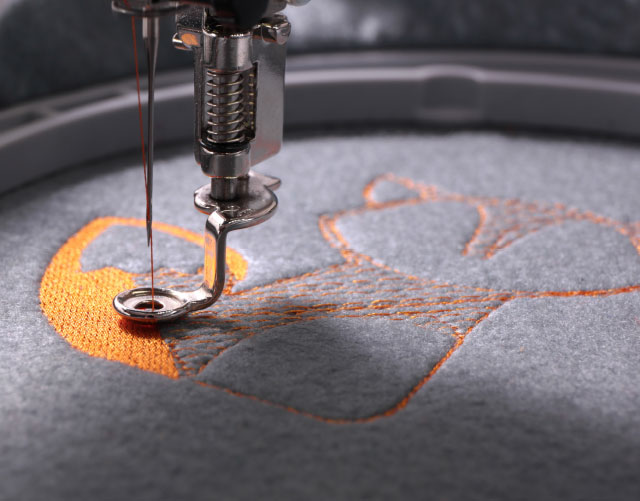
- After embroidery is complete, any excess threads are trimmed.
- The fabric is inspected for quality control, ensuring the design looks perfect.
Pros of Embroidery:
- Suitable for small and large quantities.
- Provides a textured and professional appearance.
- Ideal for logos, names, and monograms.
Cons of Embroidery:
- Limited to a smaller color palette compared to screen printing.
- Not as cost-effective for very large designs.
Choosing Between Screen Printing and Embroidery:
The choice between screen printing and embroidery depends on various factors, including your design, quantity, and budget. Here's a quick guide to help you decide:
Screen Printing is Ideal When:
- You have a high-quantity order.
- Your design is bold and colorful.
- You're working with flat fabric surfaces like t-shirts.
Embroidery is Ideal When:
- You want a more textured, professional look.
- Your design involves small details, names, or monograms.
- You have a smaller quantity order or are willing to pay a bit more for quality.
Conclusion:
Screen printing and embroidery are both excellent ways to add a personal touch to apparel. Whether you're looking for vibrant and bold designs or a more textured and professional appearance, these techniques have you covered.
By understanding the details of each method and considering your specific needs, you can make an informed decision and create custom apparel that stands out in style and quality.

